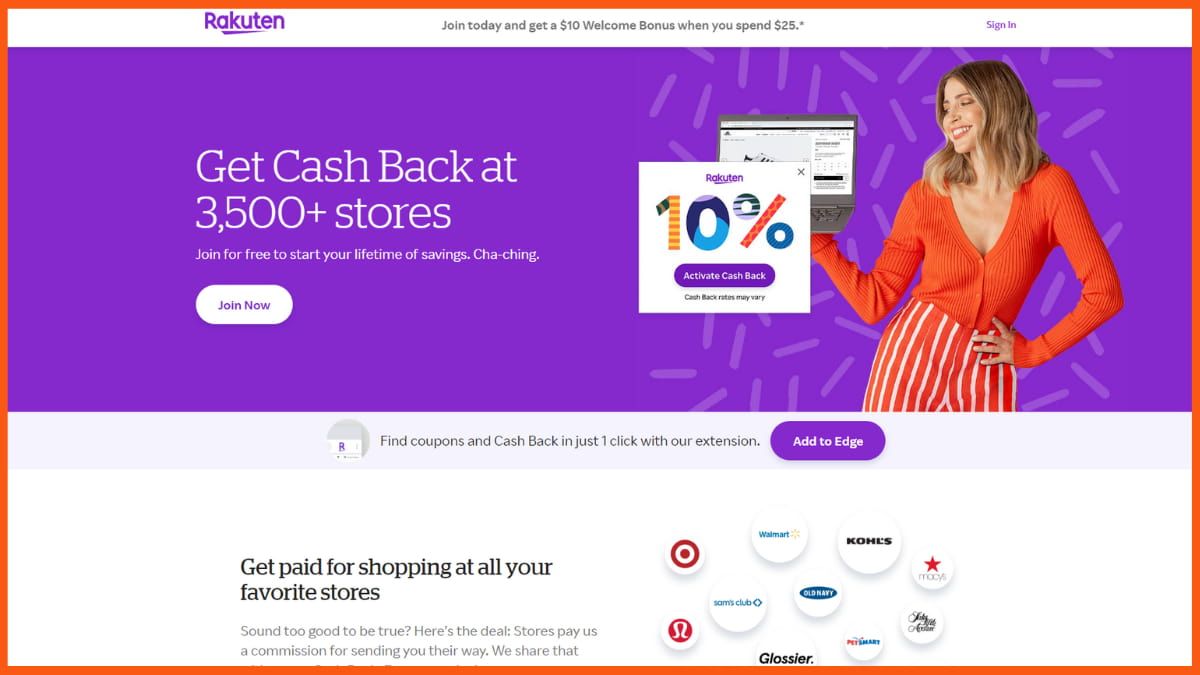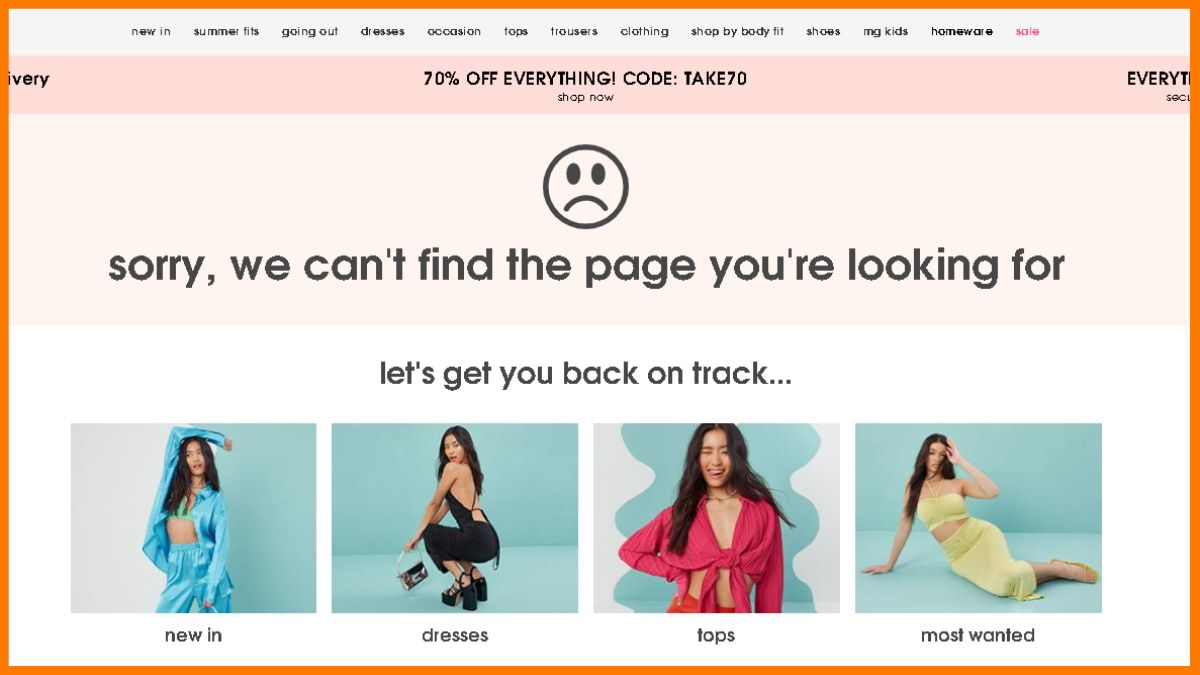E-commerce is the new wave for the present era! And you being a businessman must focus on international shipping. Fame comes with effort and that is exactly what this article is all about. Well, keep reading till you read the last sentence of this content as it conveys the exact strategies you need to follow to manage international shipping for your e-commerce.
- Strategies for Maintaining Regular International Shipping for Your E-commerce
- How To Be A Pro In International Shipping
- The Four Factors You Need to Consider for Shipping Goods
- Create A Detailed Export Packing List
- Guide on Shipping Rules and Regulations
Strategies for Maintaining Regular International Shipping for Your E-commerce

International shipping needs a lot of strategies to become successful. Transaction of your goods does not only need good communication with your customers but also a lot more other than that. You have to do research work on duties and taxes that will apply to your shipment, the type of carriers that will fit your product the most, and also whether you will add on insurance to your transaction or not.
It is better to pen down the strategies you are going to opt for your international shipping and then go for the final call. Therefore, the given points are the most preferred policies you need to research for managing your shipments to international countries.
How To Be A Pro In International Shipping
At first, you need to recognize what products you are willing to ship and to which place on earth. The following strategies are some of the steps you must keep in mind before trusting your supporting franchise.
- Shop’s Traffic Analytics- Online traffic can be your inspiration for expanding your marketing establishment all across the world. So always keep track of the regular traffic analytics of your online shop.

This gives you an idea of the number of insights your website faced for the given period. However, you can also opt for sending direct customer requests to sell your goods in their markets. Always remember that high online traffic implies growth! So congratulations as your efforts are paying off now!
- Identify Which Domestic Market is Fit For Your Business- Are you interested in some of the domestic markets across the world, which you feel can be a good catalyst for your business growth? Well, you need to do good research on this before going for the final call. Going through e-commerce penetration is always an impressive step. Dig into the information which includes the trends and tastes, those markets prefer and sell the most.
- Start Shipping Smaller Goods- If you are a beginner in international shipments, then you must first ship goods that have an amazing appeal to the international market. This will increase the public’s demand for your products. Also, lightweight goods are easier to ship and are also cost-effective. And if you are shipping a durable product then it is going to be a satisfactory delivery to your customers.
- Marketing Language for Expansion- Dealing with customers worldwide is not a matter of joke! Therefore, you need to inherit some strong communication skills to mark progress toward your goal of market expansion. Moreover, if you are good at certain languages, then try to approach those countries that speak such languages to increase the reach of your business. Remember to make the best result out of your weapon, even if you have only a few of them!
- Nearer transactions can be a great first step- You can fulfill the realistic expectations of your customers if you start preferring shipments to closer franchises. Small distance shipments at first give you a grip on the concept of domestic shipping. And smaller steps are always the most essential step to success. So go on and hunt behind near targets!
The Four Factors You Need to Consider for Shipping Goods
- Delivery Options- The more delivery options you provide to your customers, the more good reviews you get. So why don’t you offer them the choice to select their delivery preferences? Like some are interested in instant delivery and the others on a little delay! So you give them the options and work on their choice.

- Insurance and Tracking- Shipment tracking is an amazing chance to keep an eye on the shipment progress of your goods. You being the sender can stay updated with the shipment progress and the concerned customers are also eligible to have a tracking report. And this strategy gives you the chance to stay tension free as you can easily find out when your goods are lost or destroyed. Well when you are shipping goods under an express agency, they provide insurance to keep your transaction hindrance free.

Most of the global express companies do not include the “insurance” option but there is always an add-on for this option and it’s quite affordable. Therefore, whatever you are shipping, try to add proper “insurance” to it for staying tension free in the long run.
- Cost Issues- Are you planning to save up money on shipping costs? Well in this case there are a lot of carrier types like- Postal carriers and Express Carriers. Postal Carriers are always the cheapest option you can go for. Of course cheaper the price, the less the service.

- These type of carriers does not promise you a specific time or date for shipment, rather the transaction process takes a long time. On the other hand, Express carriers ensure a speedy delivery and automatic add-on insurance for the goods, but they charge an expensive price.
Therefore, it’s always best to do brief research and choose between postal, regional, and express carriers according to your plans and products. And it is always to know what is available for the international shipment process.
- Shipping costs are the most essential thing to deal with when you are sending goods from your side to the customer’s reach. Talk to your customers about the extra charges required to keep their parcel harm free. transparent and communicative to your customers on shipping costs is paramount. Well, of course, transparency on fees does not imply scaring customers with an unexpected cost for shipment. This can degrade your online traffic. To avoid unpredictable bargaining, you can mention a fixed price on your policy page.
Create A Detailed Export Packing List
You must create a typically detailed sheet on the package and this list includes- the buyer’s name, proper address, seller’s address, invoice number, date of shipment, and likewise. This will avoid confusion in the long run and also be a compulsory step in international shipments. Furthermore, the packing list includes many more like-

● Carrier info
● The mode of transport
● The quality and type of the package to be shipped
● Dimensions and weight of the package
● Package marks for approval
Guide on Shipping Rules and Regulations
Shipping goods from one part of the world to another part takes a lot of strategies as well as guts. But before taking this step you are ought to aware of the concrete rules and regulations in this field. Do a briefing with your team members on the places you are planning to ship the products. Note down the parcel laws that the country believes in and then you are good to go! Just like some countries prohibit the entry of outside goods and some sets some limits on shipments. Are you having thought about how to get this information? Then set your eyes on the rest of the content to get an acceptable answer.
● To study the specific rules and regulations of your target countries, you can take help from UPS. They can guide you on this with full authority.
● While you are preparing for packing the products to ship, check whether they fall under the less harmful category. During International Shipping, the parcels can malfunction and it is not a new thing but you must check it properly. Understand what the categories like “ safe goods” and “harmful goods” mean and design accordingly. Moreover, you can visit the country’s government website to be on the safe side.
Taxes on International Goods
A specific tariff is charged by the concerned government body on international shipments. Well, these charges and duties are not fixed to a constant percentage and it keeps on changing by the dimensions and type of the package. Duties can be of two types- DDP( Delivery Duty Paid) and DDU( Delivery Duty Unpaid). In the case of DDP, you have to pay all the taxes that apply to your shipment as the merchant. And in the case of DDU, the customer pays the associated fees that apply to your shipment. So keep a record of these duties and the concerned taxes before shipping your goods.
Conclusion
International Shipping is the best option to expand your e-commerce across the whole world. And having a good communicable working team, your business can reach an unexpected height in the upcoming years. Therefore, giving the above-mentioned factors some research and thought can be very much helpful to you if you are a beginner in this field. And also never forget to try out new approaches and techniques to flourish your business.
Therefore, now it’s time to buckle up and focus on expanding your business worldwide. Also, try to make your content reach every geographical corner of the world. And the above-mentioned article is the right key to your business interests! Therefore, good luck with your efforts!
FAQs
Which are top 10 fastest international shipping companies?
Top 10 most popular international shipping companies who ship fast are-
- DHL
- FedEx
- UPS
- USPS
- DB Schenker
- Royal Mail
- DTDC
- Bluedart
- Aramex
- Ecomm Express
Is it hard to ship internationally?
Shipping goods internationally is a complicated process as it needs a lot of paperwork, one must consider the custom regulations, international shipping rates, lost or damaged parcel, the delivery time.
How do I figure out international shipping cost?
You need to check out following things to get an estimate of international shipping cost-
- Origin or Destination of Product Delivery
- Weight Type- Either Dimensional or Product Weight whichever is larger.
- Shipping Mode
- Warehouse expenses
- Delivery Timings

















































